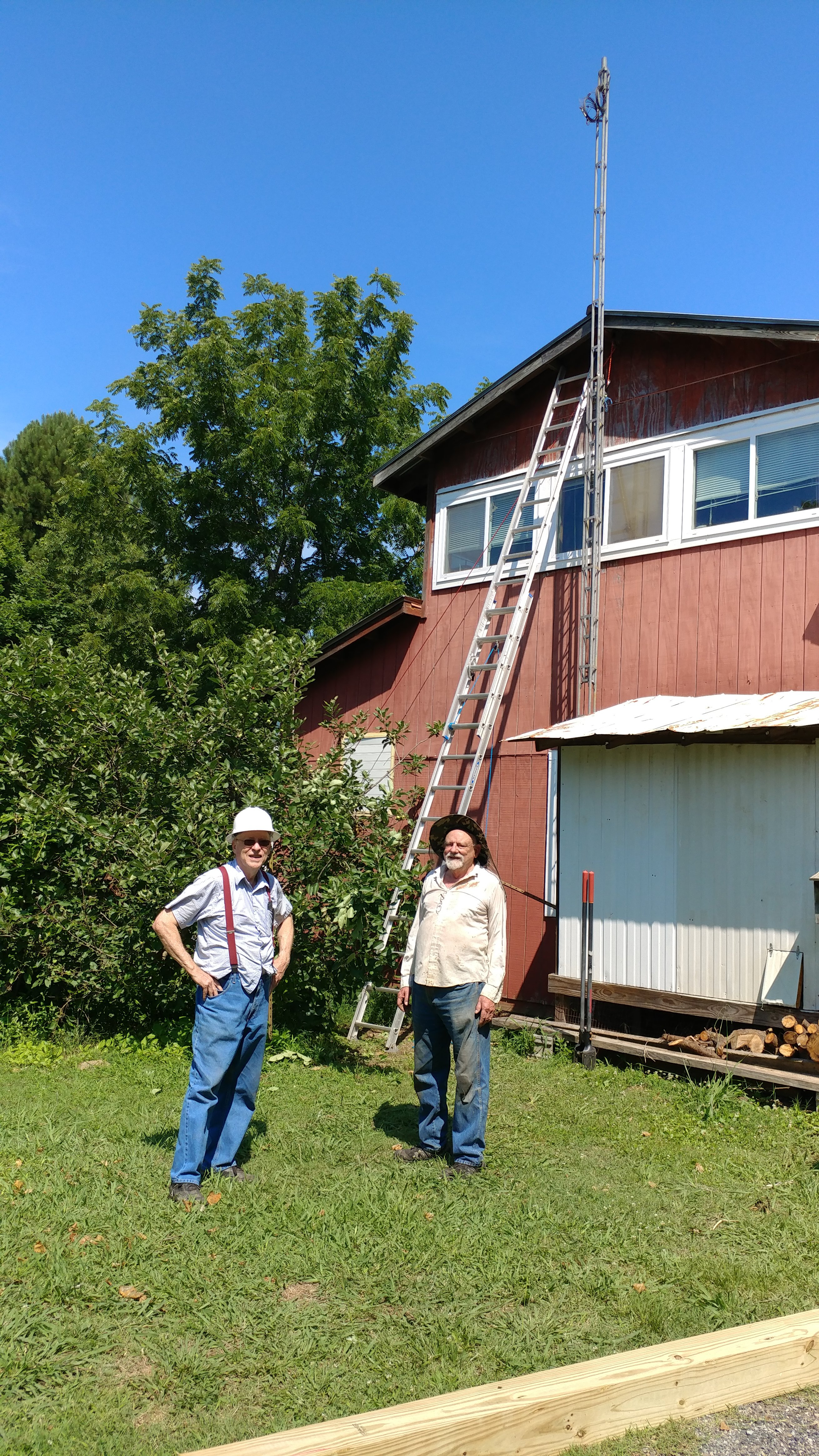Not yet the promised message on submitting your scores, that will come soon. BTW, you have a full month after Field Day ends to get your scores submitted. Instead, for this message I am adding a few more tips on Field Day operations and rules.
Test your stations, as soon as possible. Better to find out that your antenna will not load on 40 meters, or that your Digital setup is not putting out any power now, so that you have time to remedy it, rather than at the very start of Field Day itself.
Remember that if you are using the emergency power bonus, that if you are using a computer to control the radio, or using it to modulate digital modes, it is considered an integral part of your station and must be on emergency power also. On the other hand, if your laptop is used just for logging, it is considered auxiliary equipment, in which case leaving it on commercial power is fine.
If you are guest operating at another person’s station, and then going home and operating your own station, you are not allowed to contact the station at which you have worked.
All digital modes are equivalent. If you work someone on FT8, you cannot come back on PSK31 and “double-dip”.
Remember that working the same station on different bands is not a duplicate contact, neither is working a station on the same band by different modes (phone, CW, digital). i.e 5 bands X 3 modes can be 15 legal contacts with one station.
Chase the propagation, 20, 15 and 10 meters are primarily daytime bands, 40 and 80 better at night, but there is often overlap. With the solar index being bad right now, 10 meters will likely not be reliable, but be prepared for openings. If your run is slowing down on 20 meters, take a quick look at 15 or 10 meters for activity. This easier if your radio has dual VFO’s as you can look at other bands quickly and if nothing is happening, go right back to where you were working. I would also suggest that club members notify us on the email reflector of any openings they see on the bands.
Mix up your operating, you can “hunt and pounce” up and down a band, when that tails off in productivity, find a quiet spot if you can, and call CQ.
Make sure that battery is topped off, best is having another one or two topped off and ready to swap in.
For Digital communications, if you are not running QRP, 25 Watts is plenty for modes that favor weak signals such as PSK31 and FT8. Digital modes have heavy duty cycles on transmit, that heat sink will get pretty hot if you run 100 Watts. Besides, you’ll extend battery usage keeping that output power down.
Back up electronic logs frequently on a USB drive. You can back up paper logs by photographing them with your smart phone, or use the copy or scan function on a printer.
Anyone else have any tips? Reply to this message so we keep them handy in one thread.
Dave, W4SAR

